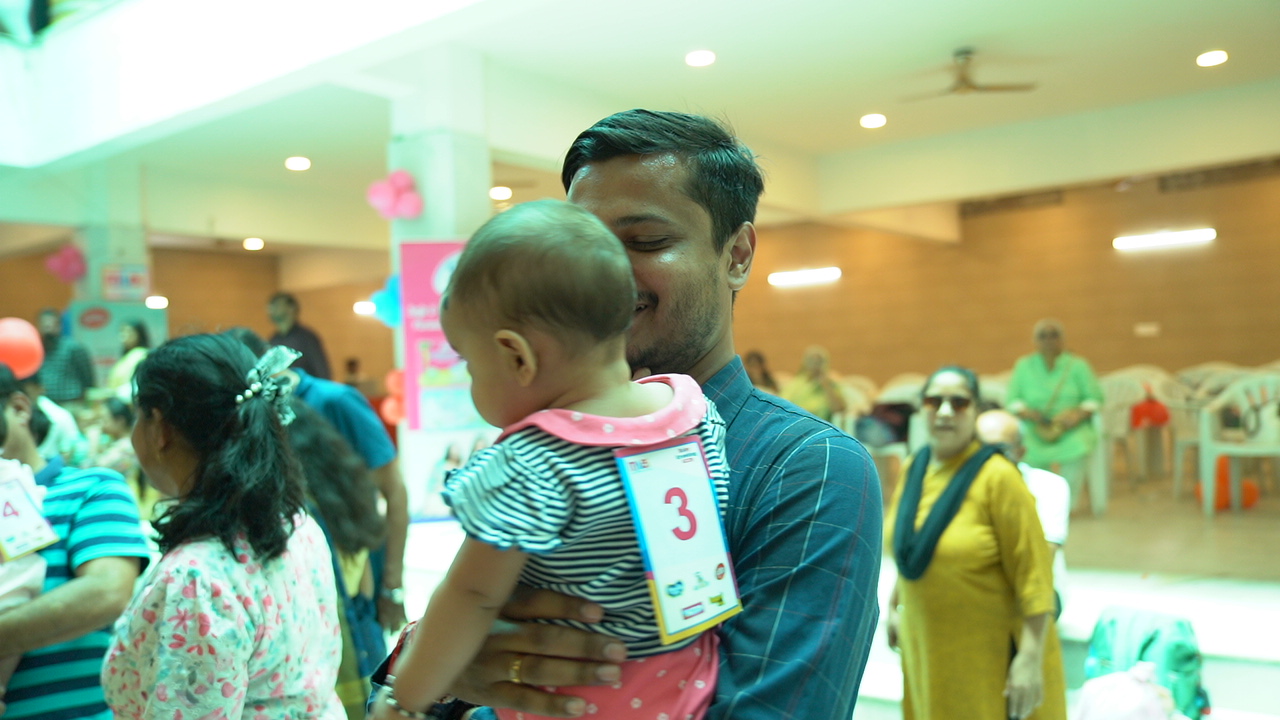When a girl is educated, she is empowered. She can make her own decisions, raise the standard of living for her family and children, create more job opportunities, and reform society as a whole. As a result, a shift in attitudes toward girl child education in India is urgently needed. Every girl child deserves to be treated with love and respect. If all girls complete their education and participate in the workforce, India could add a whopping $770 billion to the country’s GDP by 2025!
- Childs Right and You (CRY).
When we talk about girls’ right to education, do you know the story of Malala who escaped the Taliban atrocities and pursue education?
If not, here it is:
Malala was born in Mingora, Pakistan on July 12, 1997. Baby girls are not celebrated in Pakistan but her father, Ziauddin Yousafzai was determined to give her every opportunity a boy would have.
Malala’s father was a teacher and ran a girls’ school in their village. Malala loved school but when the Taliban took control of their town in Swat Valley, the extremists banned many things like owning a television or playing music – enforcing harsh punishments for those who defied their orders. The girls were not allowed to go to school. In January 2008, Malala was just 11 years old and had to say goodbye to her classmates.
In 2012, Malala publicly appealed for the girls’ right to learn and this made her a target. In October 2012 when she was on her way home from school, a gunman boarded her school bus and asked “Who is Malala?”. He shot her on the left side of the head.
Malala woke up after 10 days in England’s Birmingham Hospital. People were praying for her recovery and the doctors and nurses told her about the attack.
After months of surgeries and rehabilitation, Malala’s efforts were recognized in 2014. She is the youngest Nobel Laureate, receiving the honors for her contribution to supporting girls’ education through the Malala Fund.
She completed her education in Philosophy from Oxford in 2018 and till date continues to support the cause of girl education after having graduated in 2020.
Now that you know Malala’s story, you must be wondering why we are sharing this. There are some pertinent statistics about girls’ education in India.
- The literacy rate is 77.70%, with literate males at 84.70% and literate females at 70.30%, according to the National Family Health Survey (NFHS-5) and National Statistical Office: NSO (2021 and 2022).
- Borgen Project, a US based not for profit, study has revealed that every year, 23 million girls in India drop out of school after they begin menstruating due to lack of sanitary napkin dispensers and overall hygiene awareness in schools.
- As per the National Survey of India, Literacy Rate in India has increased from 73% in 2011 to 77.7% in 2022, however it still stands behind the global literacy rate which stands at 86.5% (as per UNESCO). Of the 77.7% Indian literacy rate in 2022, male literacy rate stands at 84.7% and female literacy rate stands at 70.3% as compared to global average female literacy rate of 79% (as per UNESCO).
If you read between the lines, you will realise that though the efforts are ongoing and the gap is gradually decreasing, we still are behind the global average in terms of girl education. To be inspired and do more, encourage the basic and fundamental right to education for girls to be implemented. Let your helpers’ daughters have access to education rather than getting them to do domestic help work or allowing them to indulge in child marriages. It will halt the progress of the girls who dream to be empowered.
If you want to read about Malala, you can check this link: https://www.amazon.in/Books-Malala-Yousafzai/s?rh=n%3A976389031%2Cp_27%3AMalala+Yousafzai


